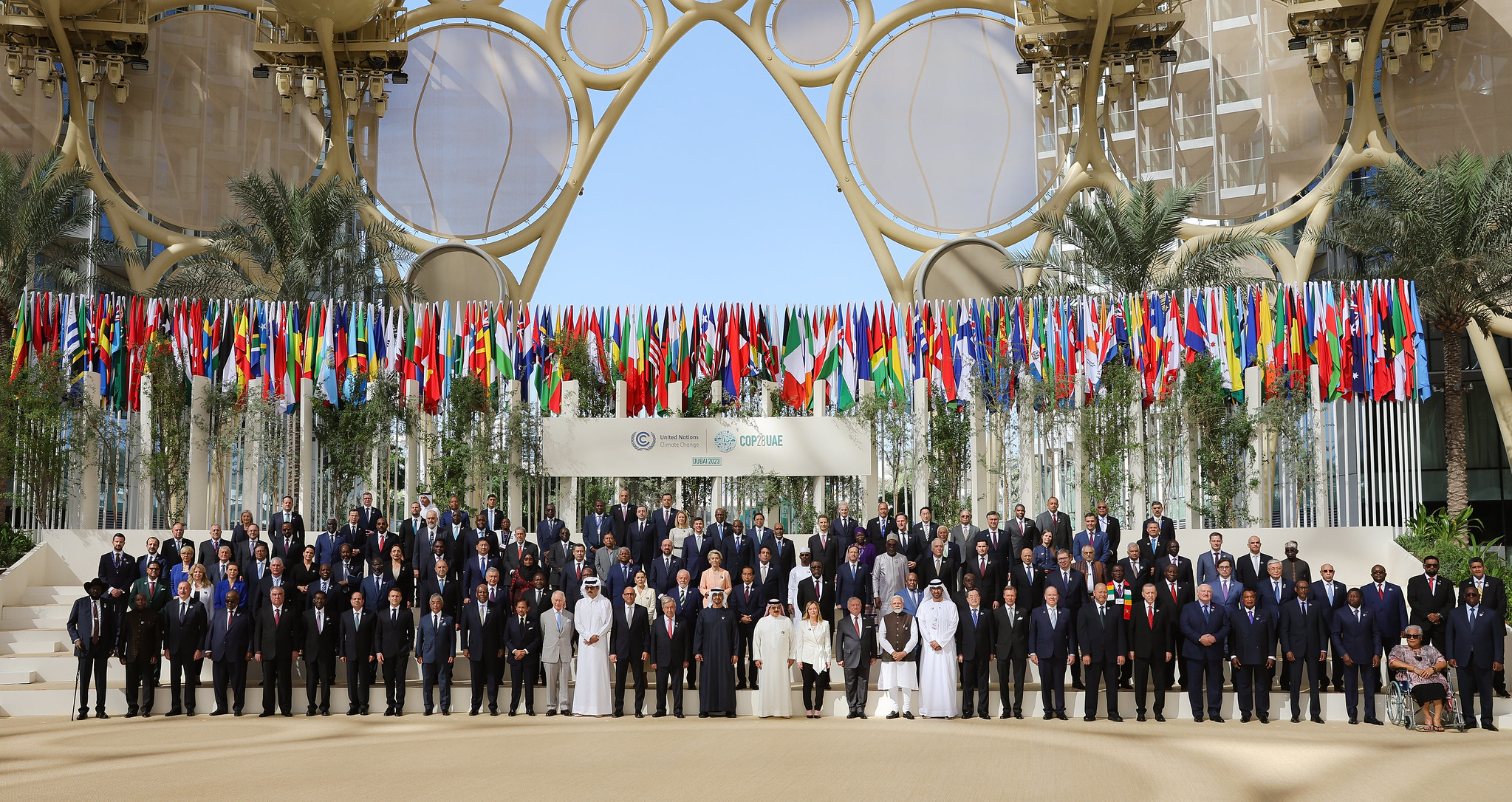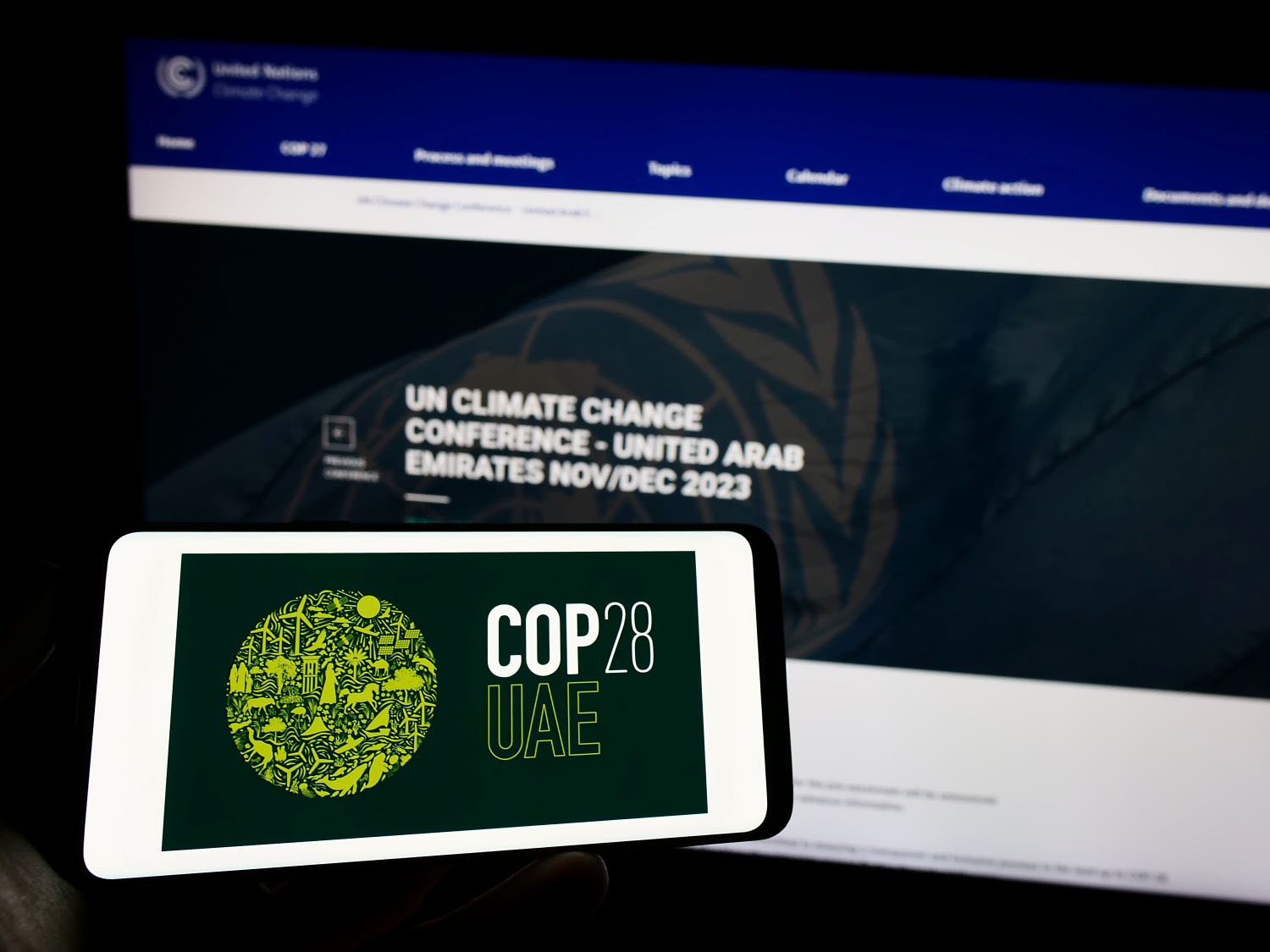The US government wants to fund as many new clean energy projects in Africa as possible, but the pool of bankable utility-scale generation projects is running dry. In 2021, the DFC approved none. To accelerate Africa’s energy transition and scale its clean energy markets, the US needs to focus far more on building the early-stage project pipeline.
To address both energy poverty and climate change, the world has to build mind-blowingly more infrastructure. The International Energy Agency estimates that for the global energy system to achieve net zero carbon emissions by 2050, more than 1,000 GW of new clean power—the equivalent to the current capacity of the entire US power system—must be added every year. In response, the US government has pledged to scale up its support for clean energy projects in emerging and frontier economies, largely by leveraging private investment in new infrastructure: the US International Development Finance Corporation (DFC) announced it will focus one-third of all its commitments on climate beginning in FY2023.
Increasing US climate finance is a crucial—and long overdue—commitment. But in the lower-income economies where this capital is needed most, simply putting more public dollars on the table to support private investment won’t necessarily translate into more clean energy—because the pipeline of projects ready for finance is simply too small.
DFC (and its predecessor agency, the Overseas Private Investment Corporation) have prioritized investment in African energy for the past decade, particularly since the launch of Power Africa in 2013. DFC dedicates significant resources to sourcing projects from the region. Its Managing Director for Africa now sits in Johannesburg and oversees a team based (uniquely for the agency) on the continent rather than in Washington. DFC has a dedicated deal team, funded by USAID/Power Africa, to focus specifically on sourcing and facilitating African energy projects. The agency arguably invests in every African clean energy project it can—yet the portfolio remains relatively small. In 2021, DFC invested in zero utility-scale clean energy generation projects in Africa. How can that be?
A look at the data from DFC’s African energy portfolio highlights the challenges.
- Most renewable projects in sub-Saharan Africa are still very small. Markets for wind and solar in these countries are still relatively nascent, and power systems are underdeveloped. The average size of DFC-supported solar plants in the region is just 36 MW, and the largest (in South Africa) is only 60 MW. (By contrast, the US has over 200 plants at least that size and India has at least 40). The largest DFC-supported wind project in Africa—the 310 MW Lake Turkana facility in Kenya—dwarfs any other wind project it has financed in the region, but is still small by global standards and one of just four wind projects DFC has ever supported across all 54 countries on the African continent.
- Viable deals are heavily concentrated in very few markets. Most investment-ready deals (especially the largest ones) are predictably concentrated in relatively mature markets like South Africa and Kenya, where private sector developers have experience and power systems are more developed and diversified. Between 2013-2020, DFC/OPIC supported renewable generation projects in just 14 out of 49 sub-Saharan African countries. This is a start—but missing 35 entire countries is nowhere near sufficient to achieve development and climate goals region-wide.
- Investment risk is high. Nearly all African utilities (usually the primary off-takers responsible for purchasing the power generated by private companies) are in deep financial trouble. Even with generous state subsidies, most fail to cover their costs. This makes projects especially risky and shrinks the number of developers interested in investment, particularly at larger scales.
Lack of capital isn’t always the problem—we need a project pipeline.
If the goal is to scale clean energy assets, focusing on increasing DFC investment is like trying to jump right to the final leg of what’s actually a very long journey. By the time DFC considers financing a project, it has often already been years in the making—wending its way through labyrinthian regulatory regimes, securing necessary licenses, and negotiating a contract with the local utility. DFC was created to make up for a lack of capital in developing economies; it’s built to mitigate investment risk and crowd private finance into markets and sectors where it’s lacking. But that’s not the principal challenge in African markets today. There is no shortage of philanthropic funders and development financiers eager to put money into African clean energy assets. But when the projects simply aren’t there, expecting DFC to rapidly and massively scale up investment in renewable energy, especially at anything close to the scale required to end energy poverty, is magical thinking. We need to work creatively to focus support and attention much earlier in the project pipeline.
Three ways the US can help build the clean energy project pipeline in Africa:
- Fully fund existing USG tools for early-stage project support. The US already has tremendous tools for early-stage market development at its disposal—but the budget or budget rules don’t allow the agencies to utilize them. This kind of work isn’t as sexy as a ribbon cutting, and it doesn’t always lead to a project coming online—but it’s absolutely crucial. The Administration must work with Congress to:
- Fully fund the US Trade and Development Agency’s Africa program, which provides grant funding and technical assistance to early-stage projects.
- Provide a plus-up and dedicated line-item for USAID Power Africa, which deploys grant funding, technical assistance, and advisory services directly to early-stage projects—and works to address the broader underlying market risks and inefficiencies hindering investment.
- Fix the DFC’s equity scoring problem to allow it to invest directly in earlier-stage projects and venture capital funds targeting emerging market clean tech. Equity was a core feature of the BUILD Act that created DFC, but arcane budget rules are preventing it from being used as Congress intended.
- Prioritize support, not just for power generation projects, but for the enabling infrastructure that can unlock them. Because most African grid systems are outdated and severely undercapitalized, they struggle to integrate even small amounts of variable solar and wind power. Before we can get to catalyzing private investment, we need to help make big investments in (mostly) public infrastructure—especially grid networks. The Administration should:
- Increase Millennium Challenge Corporation (MCC) prioritization of new transmission and distribution grids and the modernization of existing networks. MCC grant funding is one of the few USG tools available to facilitate large-scale public infrastructure, and has demonstrated its value to African grid systems, including in Senegal.
- Work with the World Bank and other multilateral development banks to encourage more aggressive private sector models for grid investment. Private sector participation in African grids would open up much broader opportunities for investment and support. But while platforms like the UK’s Gridworks are dedicated to investing in grid systems, and entities like DFC could potentially engage in similar work, multilateral development banks often snatch up the most promising lines for private investment, closing out private sector models.
- Strategically utilize DFC’s rarely-used capacity to invest in public entities, as authorized under the BUILD Act, to support higher-performing African utilities and grid companies.
- Provide insurance to project developers for breach of contract. DFC could utilize its insurance tools, which typically play a much smaller role than debt in the agency’s portfolio, to guarantee projects from the threat of utility non-payment. This would have to be done thoughtfully—and strategically—to avoid simply papering over underlying risk or indirectly encouraging non-payment. The US could prioritize this assistance in specific markets where the government has demonstrated its commitment to sector reform and strong energy sector financials, and where the core challenge is that perceived risk outweighs the reality.
- Help change how power is procured. If clean energy is going to scale as fast as needed, we need open, transparent, and competitive markets. In many African countries, government-owned utilities negotiate unsolicited long-term contracts to buy electricity from private generators behind closed doors. This secrecy prevents markets from harnessing competition to drive down prices and opens the door to corruption. Closed markets also mean new contracts are often needlessly written from scratch, adding years to the process. The Administration could:
- Champion power market transparency at the G7, G20, and through its global infrastructure initiatives like B3W and the Blue Dot Network with Japan and Australia.
- Lead a coalition of development funders committed to guaranteeing contract transparency in the projects they finance—and work with African partners to increase contract transparency and competition across markets as a whole.
- Expand USTDA’s Global Procurement Initiative to African countries beyond Botswana, Ethiopia, and Kenya, to help design and implement competitive procurement models that benefit both clean energy markets and the competitiveness of high-quality US firms.
The US has an unprecedented opportunity to help countries around the world embrace emerging technologies and scale clean energy markets that can end energy poverty and build a zero emissions future. But to get there, we need to do more than commit to financing projects that fall in our laps. We must dedicate substantial new resources far further up the project pipeline to build energy markets, and work creatively with our African partners to foster the projects they need.
Note: We aggregated publicly-available information on DFC’s energy portfolio (and that of OPIC) in sub-Saharan Africa between 2013 and 2021, from the agency’s project database. This includes all projects to which the agencies committed finance. We chose 2013 because it marked the launch of Power Africa and the start of a more targeted US focus on African energy investment.
Disclaimer
CGD blog posts reflect the views of the authors, drawing on prior research and experience in their areas of expertise. CGD is a nonpartisan, independent organization and does not take institutional positions.





